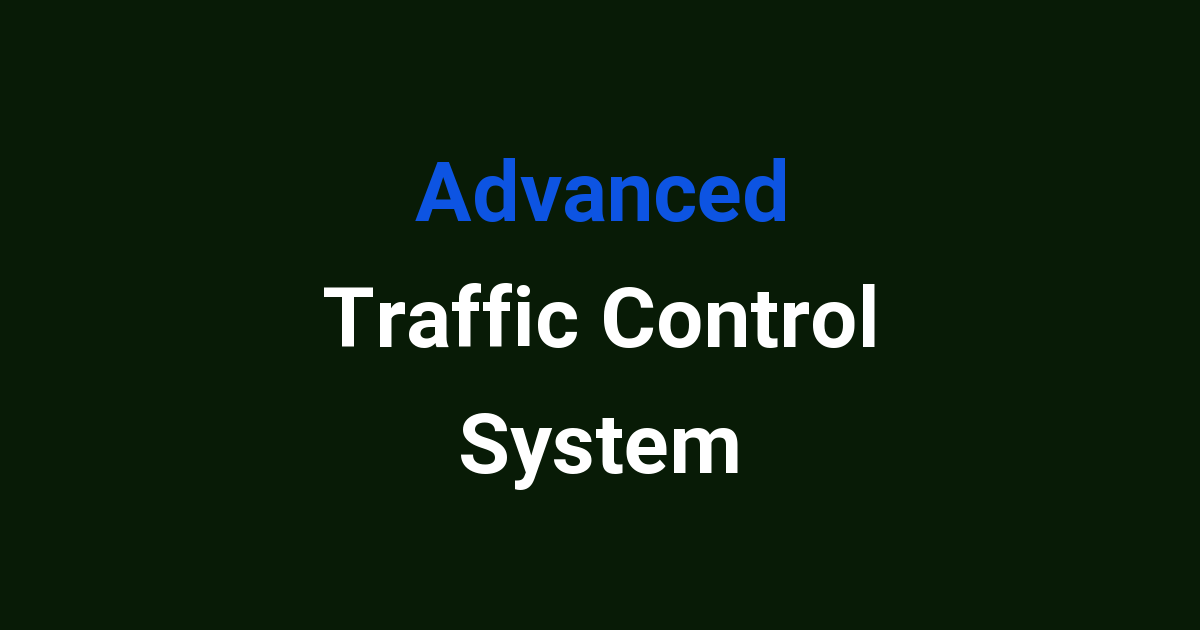State-of-the-art traffic management system.
Advanced Traffic Control System
Introduction
In recent years, urban areas have been experiencing an increase in traffic congestion due to the rapid growth of population and vehicles on the roads. This has led to various problems like increased travel time, accidents, and pollution. To address these challenges, there is a need for an advanced traffic control system that can effectively manage and optimize the flow of traffic on the roads.
Problem Statement
The existing traffic control systems are based on traditional methods such as traffic signals, signs, and road markings. These systems are not efficient in handling the increasing traffic volume and are prone to errors and delays. There is a need for a more sophisticated and intelligent traffic control system that can adapt to changing traffic conditions in real-time.
Existing System
The existing traffic control systems rely on fixed timing for traffic signals and are not responsive to the actual traffic flow on the roads. This leads to inefficiencies in traffic management and can cause unnecessary delays and congestion. The traditional systems also lack the ability to communicate with each other and share data, which limits their effectiveness in coordinating traffic flow.
Disadvantages
Some of the disadvantages of the existing traffic control systems include:
- Fixed timing for traffic signals
- Lack of responsiveness to changing traffic conditions
- Inefficient traffic management
- Lack of communication and data sharing between systems
Proposed System
The proposed advanced traffic control system will be based on cutting-edge technology such as artificial intelligence, machine learning, and the Internet of Things. This system will have the ability to collect and analyze real-time data from various sources such as traffic cameras, sensors, and GPS devices. It will use this data to optimize traffic flow, reduce congestion, and improve overall traffic management in urban areas.
Advantages
Some of the advantages of the proposed advanced traffic control system include:
- Real-time data collection and analysis
- Optimized traffic flow
- Reduced congestion
- Improved traffic management
- Integration with other smart city initiatives
Features
The advanced traffic control system will have the following key features:
- Real-time traffic monitoring and analysis
- Dynamic traffic signal control based on actual traffic flow
- Integration with smart vehicles and infrastructure
- Automated incident detection and response
Conclusion
In conclusion, the proposed advanced traffic control system has the potential to revolutionize the way traffic is managed in urban areas. By leveraging the latest technology and data analytics, this system can greatly improve traffic flow, reduce congestion, and enhance overall transportation efficiency. Implementing such a system will not only benefit commuters but also contribute to a cleaner and more sustainable environment.

